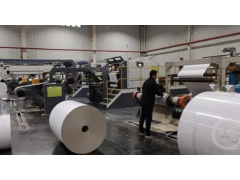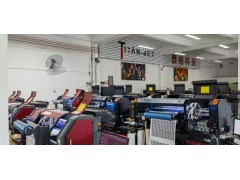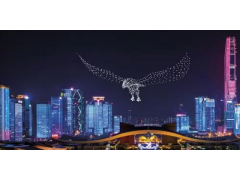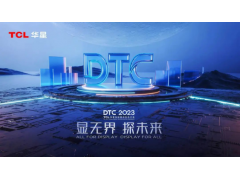onMarch 27, Japanese OLED display panel manufacturer JOLED announced that the company has applied to the Tokyo District Court to start the "civil regeneration" bankruptcy reorganization procedure. In addition, JOLED also announced that it will withdraw from the manufacturing and sales of OLED panel products, and close the printed OLED panel production bases in Nomi City, Ishikawa Prefecture, and Mobara City, Chiba Prefecture, Japan.
The industry believes that after Japan's JOLED exits, Chinese companies will become the best hope for mass production and commercialization of printed OLED panels. Judging from the news from panel manufacturers and the upstream and downstream of the supply chain, at present, Chinese enterprises have gradually matured in key production links such as process technology and material equipment, and the prelude to the industrialization of printed OLED panels is about to begin.
JOLED sadly left
In the past two years, there have been reports of JOLED's operating difficulties. Sources in the industry chain once revealed that JOLED had already encountered a financial crisis last year, and if there is no new capital injection, it may face bankruptcy.
According to public information, JOLED, established in 2015, was merged from the OLED panel divisions of two Japanese giants, Sony and Panasonic, and is regarded as the hope for the revitalization of Japan's OLED panel industry.
In the choice of OLED panel production process, JOLED has its own uniqueness: different from the evaporation-based manufacturing process mainly promoted by Korean manufacturers, JOLED chooses another way to develop and produce printed OLED panels with lower production costs, so as to improve Korean evaporation. The "monopoly" position of OLED panels is challenged.
After years of exploration and accumulation, at the beginning of 2021, JOLED's 5.5-generation printed OLED production line finally entered the mass production and shipment stage, which is a dawn for JOLED, which continues to invest in the research and development of printed OLED panels. If the yield rate of printed OLED panels can be improved and successfully mass-produced, JOLED can take this opportunity to obtain new financing, and the company's operations will be on the right track. However, JOLED has been slow to achieve stable printed OLED panel production.
The industry believes that the withdrawal of JOLED is not surprising. "Currently JOLED's printing OLED panel production yield is not high." An industry source revealed to the reporter of "China Electronics News" that although JOLED's printing production equipment is stable and the yield rate exceeds 95%, its backplane section is good. The low efficiency makes it difficult to increase the panel output, and the low cost advantage of printed OLED panels cannot be reflected. As a result, JOLED is unable to undertake large orders from downstream companies, and the company is gradually struggling to make ends meet. In fact, the R&D investment and fixed amortization cost of printed OLED panels are relatively large. Without continuous external financial support, manufacturing companies are prone to capital chain breaks.
As early as 2020, in order to promote the research and development of printed OLED panel production technology, Chinese panel manufacturer TCL Huaxing Optoelectronics signed a technical strategic cooperation agreement with JOLED and invested 30 billion yen in it, which temporarily eased JOLED's financial difficulties. JOLED's major shareholder, Japan's INCJ (Initiative Industry Innovation Agency), also injected 138 billion yen into JOLED to help it get out of trouble. However, as of now, JOLED still has about 33.7 billion yen (about 1.8 billion yuan) in liabilities.
It is reported that JOLED originally planned to bring higher brightness and higher driving speed printed OLED panels to the market in 2023, and to launch flexible printed OLED panels in 2024. However, JOLED did not realize the plan it had formulated.







